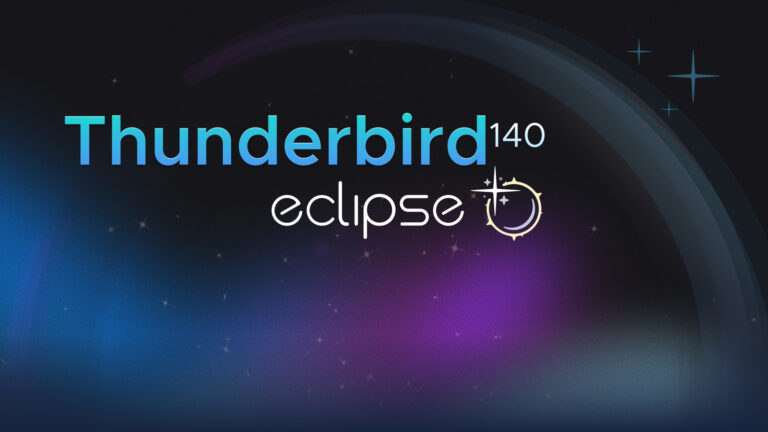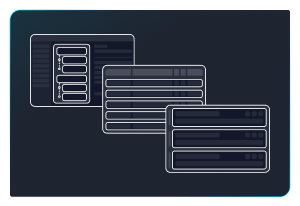
Welcome to the last Community Office Hours of 2025! In this edition, Heather and Monica welcome Sr. Software Engineer Brendan Abolivier and Software Engineer Eleanor Dicharry from the Desktop Team. We’re discussing the recent Exchange Web Services Support for email that just landed in Thunderbird Monthly Release 145. Learn how the team landed this feature and discover future plans for Calendar and Contact support, as well as Graph API, in the blog, video, and podcast below.
Community Office Hours will be back in 2026. Thank you so much for joining us for these sneak peeks into how we make, improve, and expand Thunderbird! As always, if you have any ideas for future office hours topics, let us know in the comments!
What is Exchange and why did this take so long?
Exchange is the server-side product that hosts Microsoft’s e-mail, address book, and calendar services. Exchange powers both Microsoft services in the cloud on Microsoft 365 as well as on premises servers run by organizations.
This is the first protocol we’ve added in over 20 years. We have an older code base that was in survival mode for a long time, and knowing the code well enough to improve on it is a challenge. So we had to understand how everything fit together first. The good news is this entire process will make adding future protocols, like JMAP and Graph, which will ultimately replace Exchange, go much faster.
Signing into Exchange in Thunderbird 145
Right now, only mail is supported. When users add an account, Thunderbird will try to detect if EWS (Exchange Web Services, the API we currently use to interact with Exchange servers) is available. Users can use this in the new Account Hub and in manual account configuration for Microsoft Exchange-hosted accounts. Like IMAP and other server types, users can set which folders are used for trash, spam, sent mail, and other special folders. However, the Exchange API doesn’t store this customization on the server. So these preferences will only apply actions like “move to trash
And “mark as junk” in Thunderbird.
These limits, thankfully, only apply to folder settings themselves. The server synchronizes all folders and their messages so other clients have up-to-date views of mailboxes managed in Thunderbird.
We’re working on making EWS authentication as complete as possible, and are working with users who are helping us test less usual custom configurations. We have support for on-premises servers (aka ones your organization hosts instead of Microsoft hosting it) not using OAuth2, but this is a goal we’re working towards, along with supporting NTLM. If you have an unusual hosting or authentication option, please check out our Wiki article and get in touch to help us test.
Exchange features
Attachments: Downloading and displaying special and inline attachments should be supported. The team has especially made sure Thunderbird supports detaching and deleting attachments as well. If something doesn’t work, please report it on Bugzilla!
Message storage: Messages come in two pieces: headers and bodies. It connects and goes through folders in order and pulls down headers, which are easy to download. There is a longer loading process to download message bodies. We’re working on adding folder subscriptions for more control of this process. We do have an option in folders to deselect individual folders from offline storage.
Sync: We made sure messages and folders are kept in sync with the server, so users can move between Thunderbird, other mail clients, and the webview. However, Thunderbird only syncs with the server on a configurable time interval after startup, which is set by default to 10 minutes. You can always use the ‘check new messages’ setting to force an instant sync.
Folder operations: Thunderbird supports all normal folder operations with EWS, except for sharing folders. This is difficult to replicate without a Microsoft-supported API we can use to do this at present.
Filters: Filters should mostly work, though there are some limits. If you try filtering on a non-standard header isn’t supported, as we sync on a limited set of metadata. While Thunderbird 145 doesn’t support message body filters, this is in very active development and will be improved in either 146 or 147. Another limit involves interactions between filters and notifications. You will still get notifications if a filter activates for a folder you have set not to notify you. Addressing these limitations is a current area of active development.
Search: Search for EWS accounts will function the same as it does for non-EWS accounts in Thunderbird with Message Search, Advanced Search or Quick Filters. You’ll want to start searches after your messages have downloaded, since search operates locally.
Report Bugs, Make Suggestions, and Help Test
As with everything else in Thunderbird, bug reports, suggestions, and user testing help make things even better. As stated above, if you have a non-standard hosting or authentication option, please join us on Matrix in either the Thunderbird Community Desktop Support or the Thunderbird Desktop Developers channel to learn how to join the testing effort. Test with Daily, if you feel comfortable about using it or Beta, though even testing in Release helps!
If you encounter a bug with an Exchange account, please report it on Bugzilla using the ‘Networking: Exchange’ component of the ‘MailNews: Core’ product. Have a feature you’d like to see? Suggest it at Mozilla Connect.
What about Mobile, Microsoft Graph, or Calendar and Contacts?
While the work the team has done to bring Exchange won’t directly transfer to the Android and iOS apps, it nonetheless gives us an increased familiarity with the protocol. This experience will help us bring Exchange and eventually Graph API to the mobile clients. Speaking of Microsoft Graph, this is our next priority for development. Microsoft is discontinuing support for EWS on Exchange Online accounts next October. Thankfully, work to add Microsoft Graph should go much faster, thanks to the foundational efforts with Exchange.
This does mean that the team will need to delay their work on adding Calendar and Contacts to email support until Graph is done. Stay tuned to the Thunderbird blog for our monthly development updates and any special reports.
VIDEO (Also on Peertube):
Resources:
Exchange Mozilla Support Article: https://support.mozilla.org/en-US/kb/thunderbird-and-exchange
Exchange Mozilla Wiki Post (with call for testing): https://wiki.mozilla.org/Thunderbird%3AExchange
Reach out on Matrix: https://matrix.to/#/#thunderbird:mozilla.org
Bugzilla (use Exchange component for reporting): https://bugzilla.mozilla.org/enter_bug.cgi?product=MailNews%20Core
The post VIDEO: Exchange Email Support appeared first on The Thunderbird Blog.
 <figcaption class="wp-element-caption">Image credits (left to right): Mondo Robot, Holger Talinski & The Barkers</figcaption>
<figcaption class="wp-element-caption">Image credits (left to right): Mondo Robot, Holger Talinski & The Barkers</figcaption>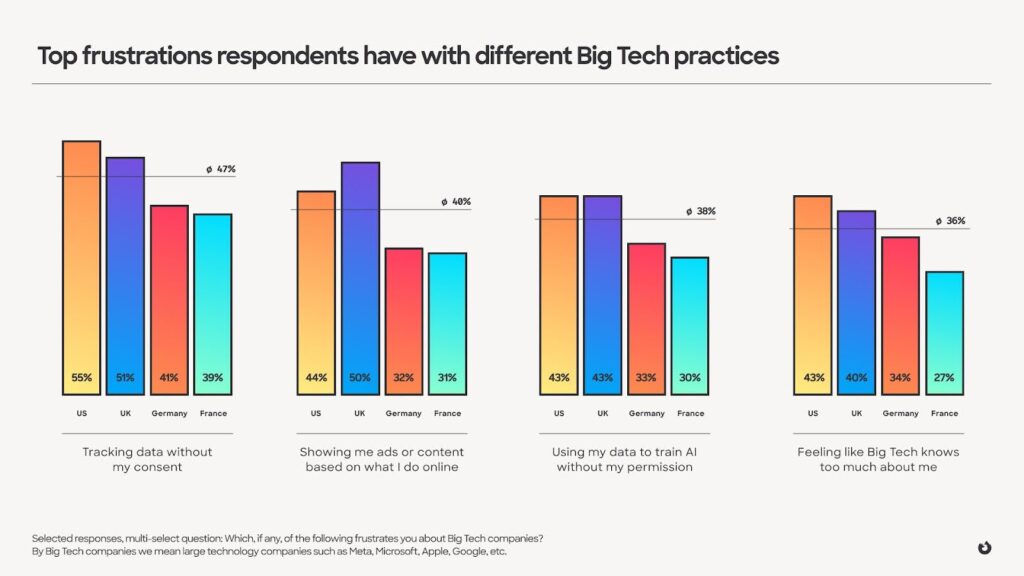


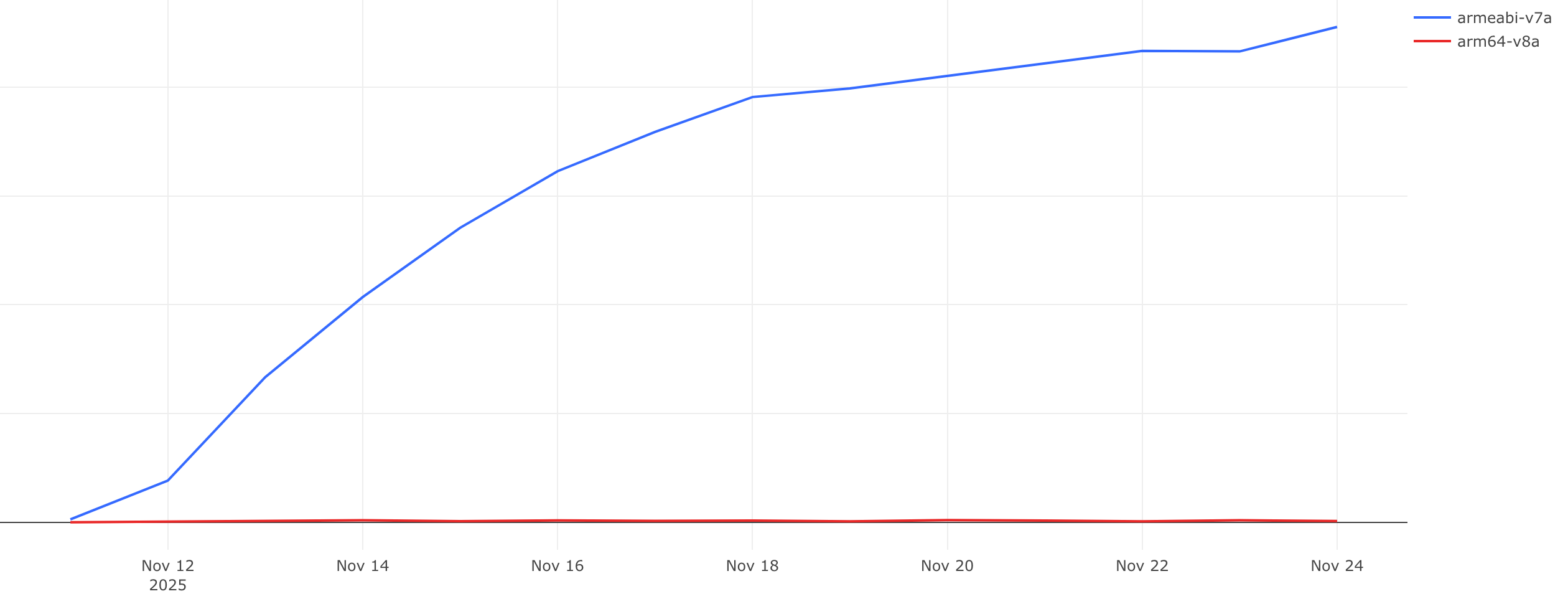

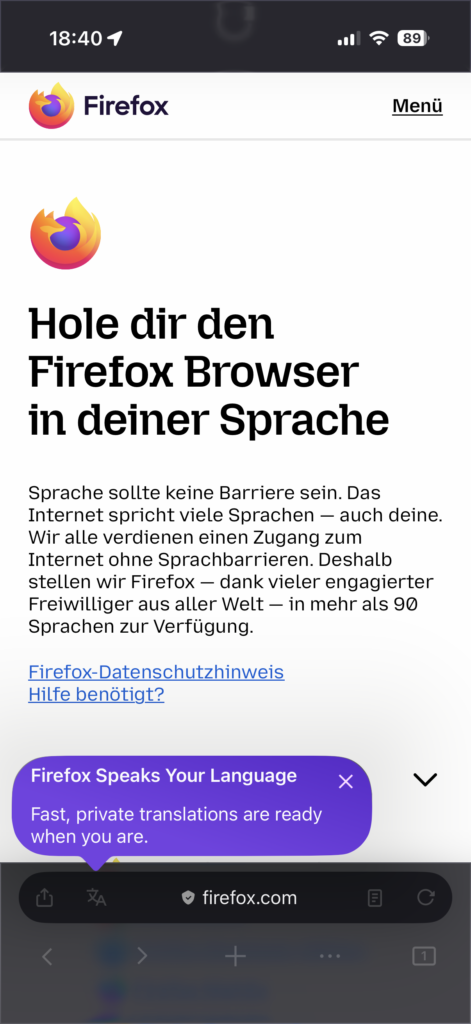 <figcaption class="wp-element-caption">Translation icon appears in the toolbar</figcaption>
<figcaption class="wp-element-caption">Translation icon appears in the toolbar</figcaption>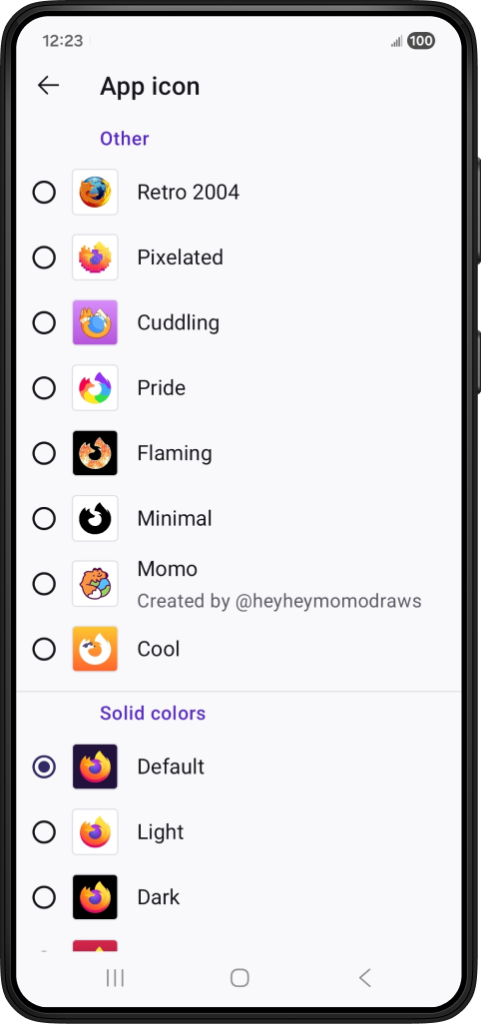 <figcaption class="wp-element-caption">Momo is just one of the many icons to choose from in Firefox mobile</figcaption>
<figcaption class="wp-element-caption">Momo is just one of the many icons to choose from in Firefox mobile</figcaption>

 <figcaption class="wp-element-caption">First community-created app icon now available in Firefox</figcaption>
<figcaption class="wp-element-caption">First community-created app icon now available in Firefox</figcaption> <figcaption class="wp-element-caption">Momo is just one of the many icons you can select</figcaption>
<figcaption class="wp-element-caption">Momo is just one of the many icons you can select</figcaption>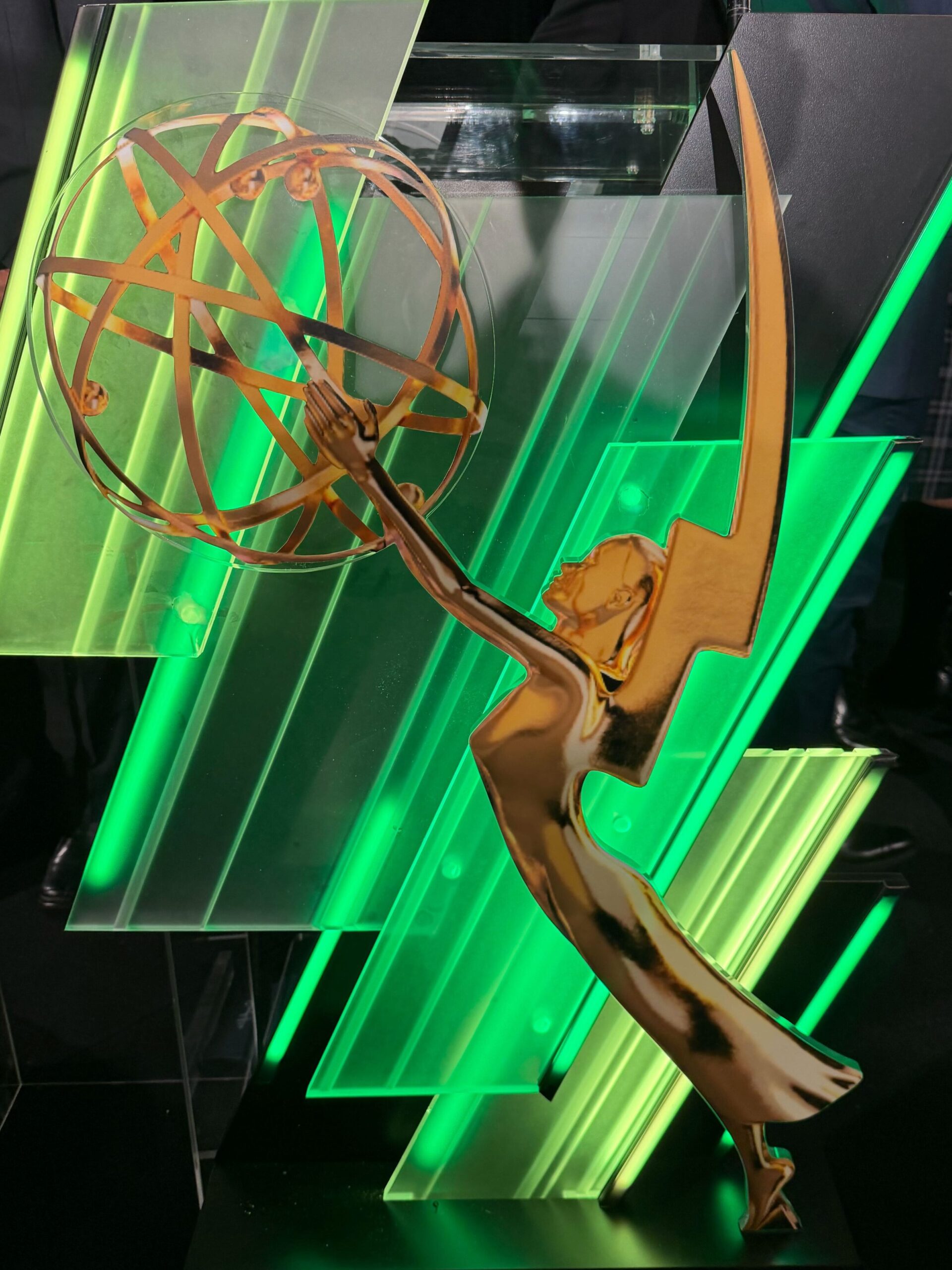 <figcaption class="wp-element-caption">The AV1 specification was honored with a Technology & Engineering Emmy Award on Dec. 4, 2025.</figcaption>
<figcaption class="wp-element-caption">The AV1 specification was honored with a Technology & Engineering Emmy Award on Dec. 4, 2025.</figcaption>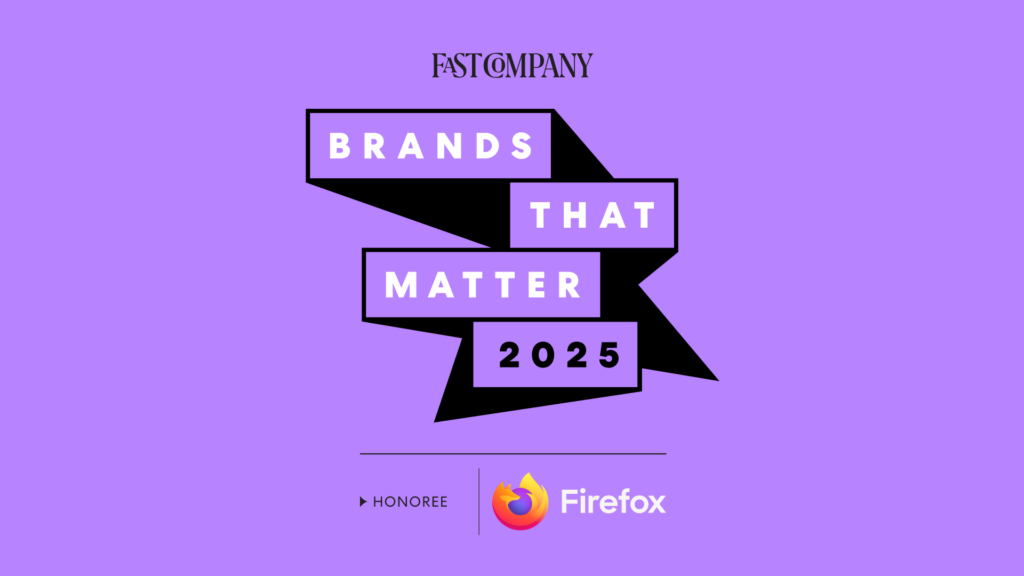

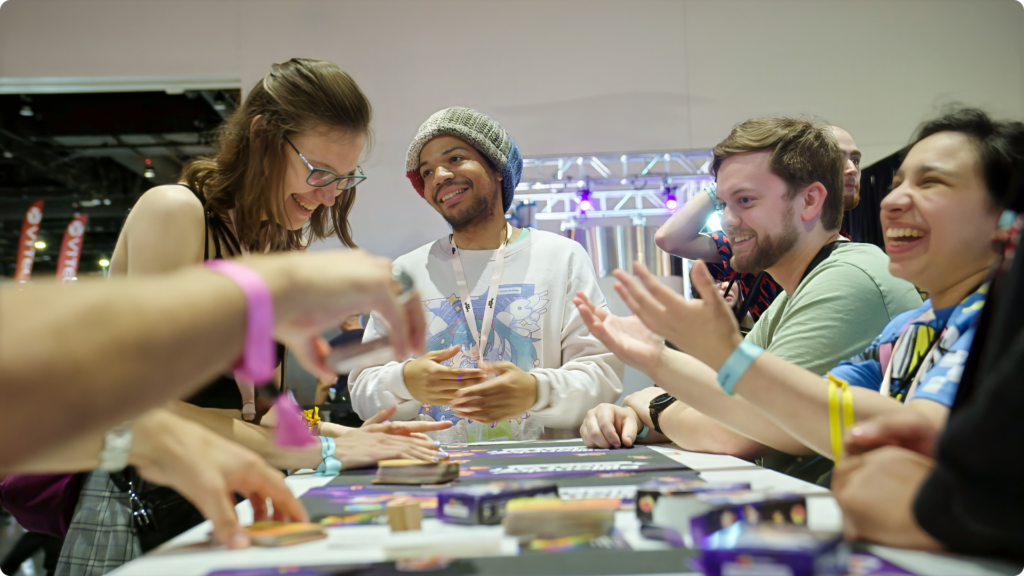 <figcaption class="wp-element-caption">TwitchCon attendees playing Data War</figcaption>
<figcaption class="wp-element-caption">TwitchCon attendees playing Data War</figcaption>


 +
+  emoji hunt through our Knowledge Base.
emoji hunt through our Knowledge Base.


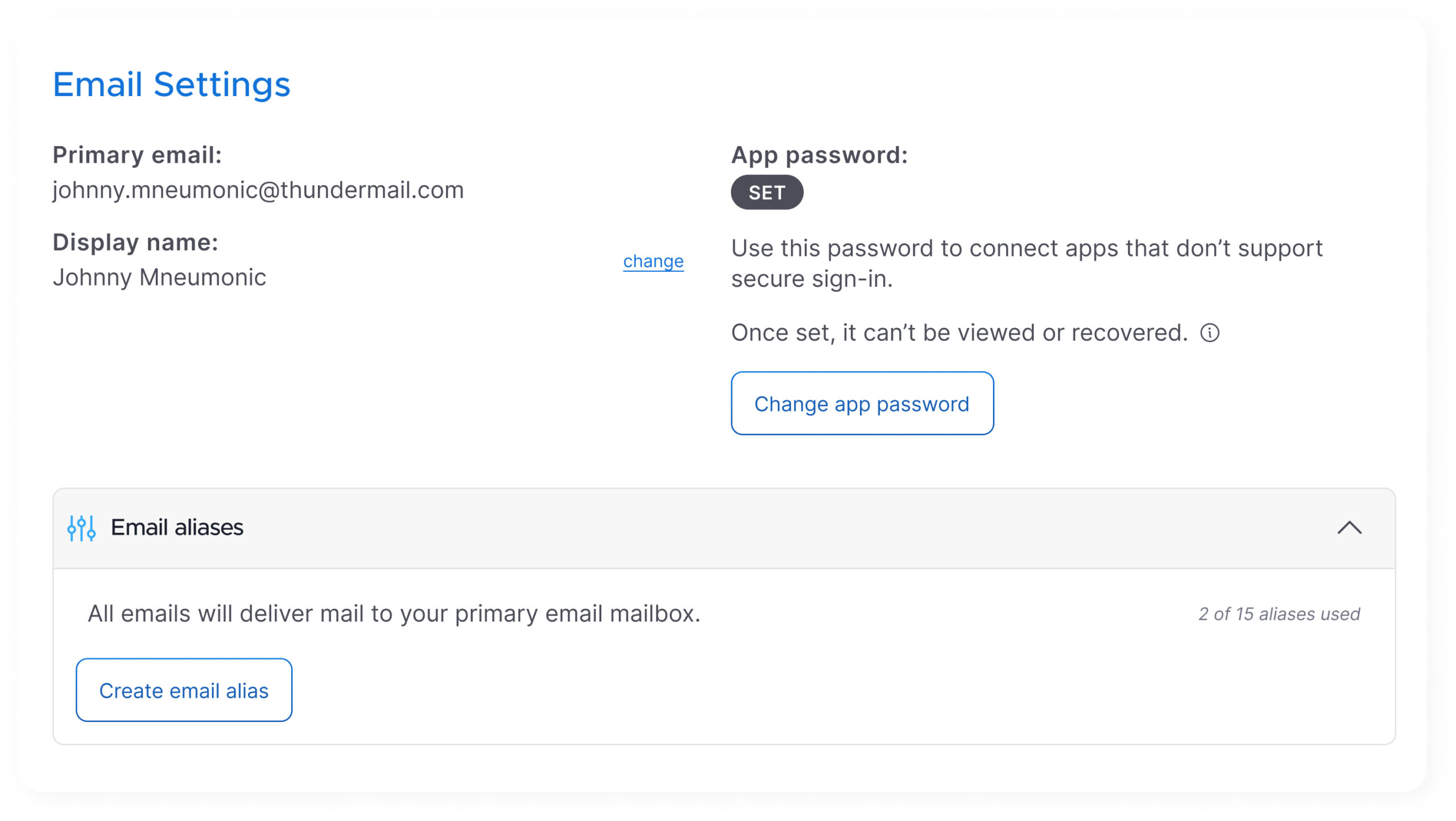




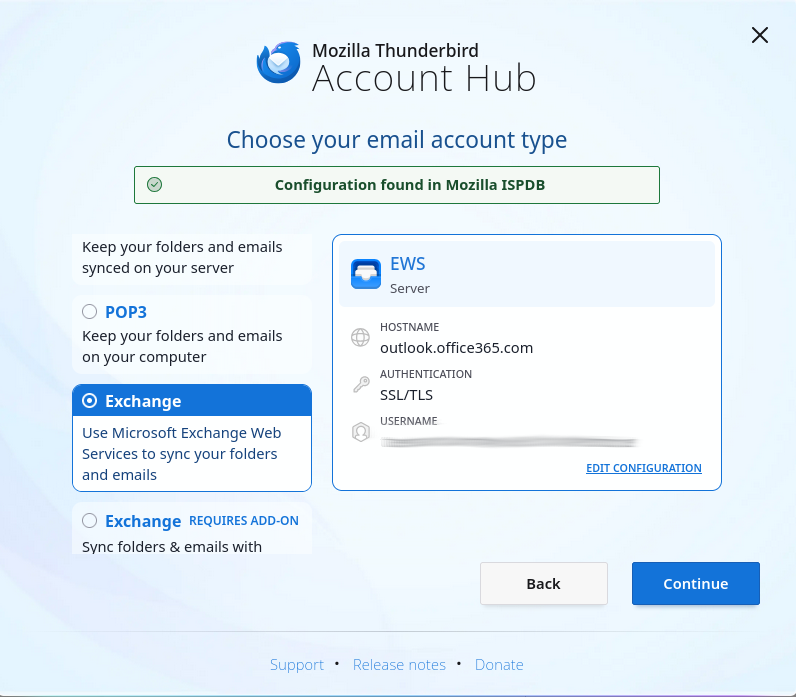
 Creating accounts via auto-config with EWS, server-side folder manipulation
Creating accounts via auto-config with EWS, server-side folder manipulation  Filter actions requiring full body content are not yet supported.
Filter actions requiring full body content are not yet supported.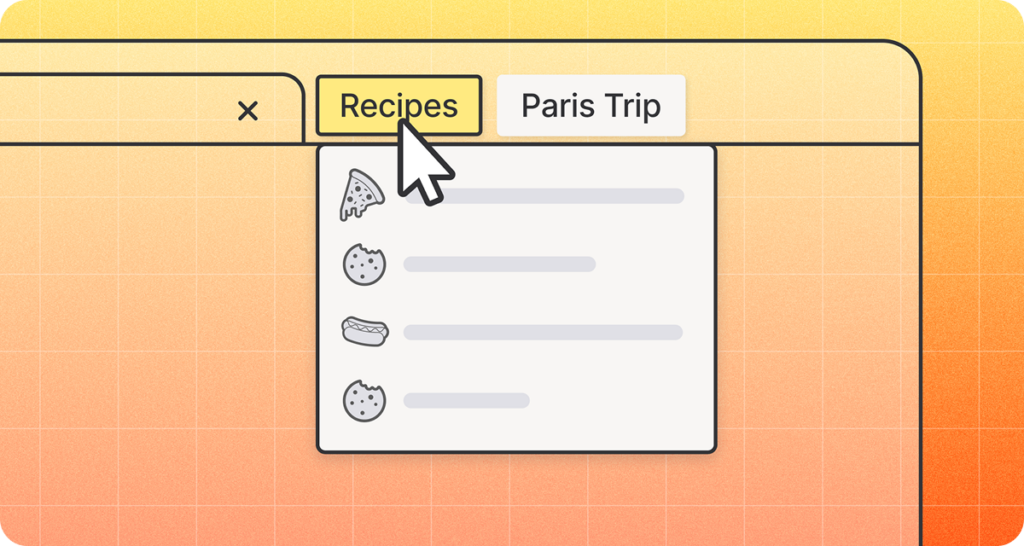


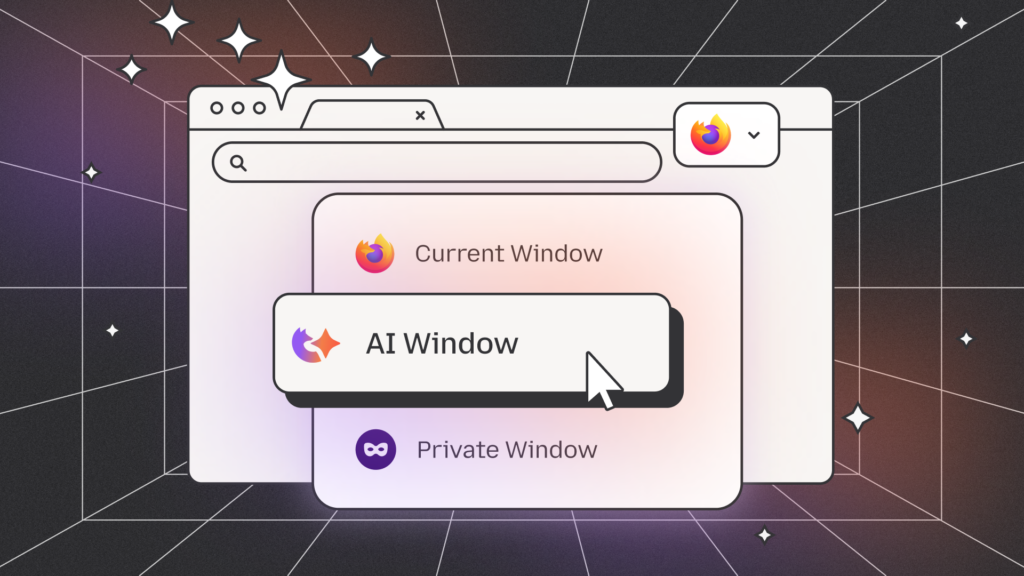
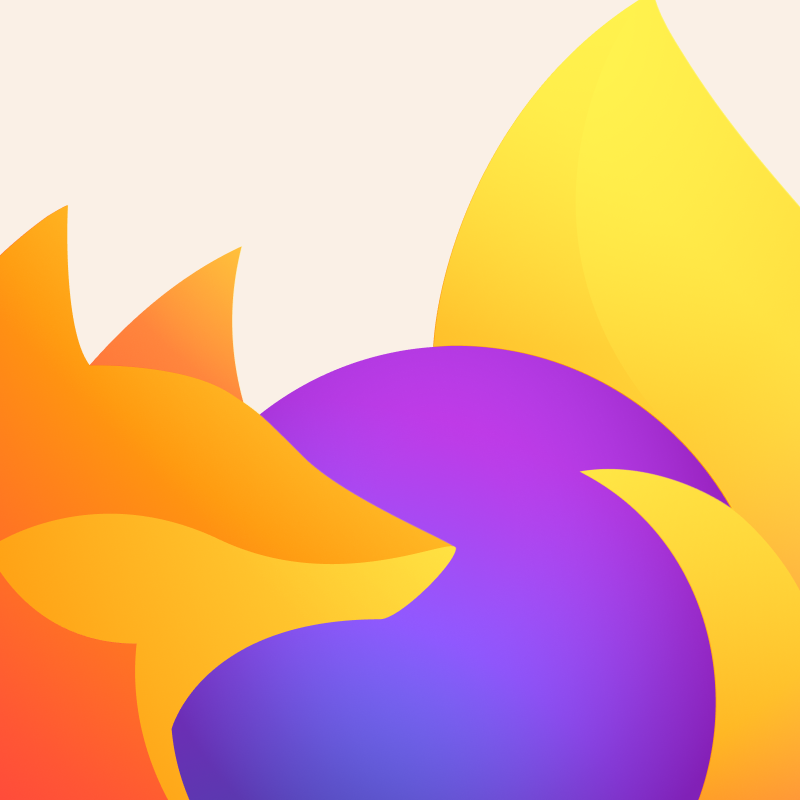
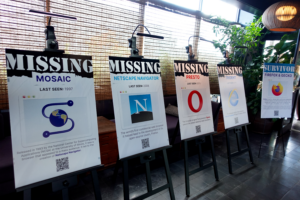

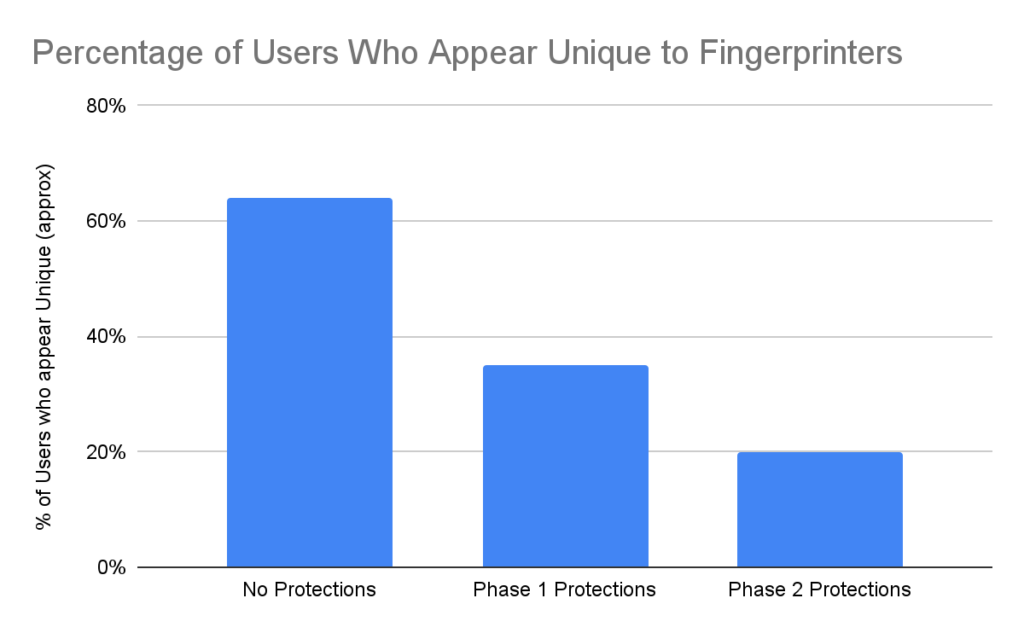

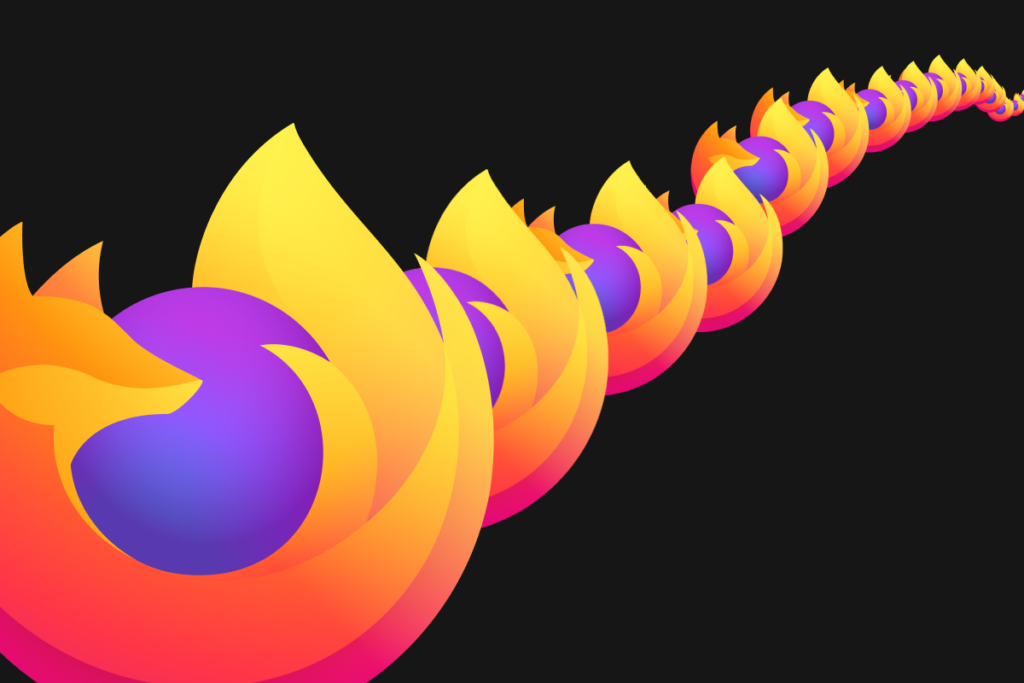

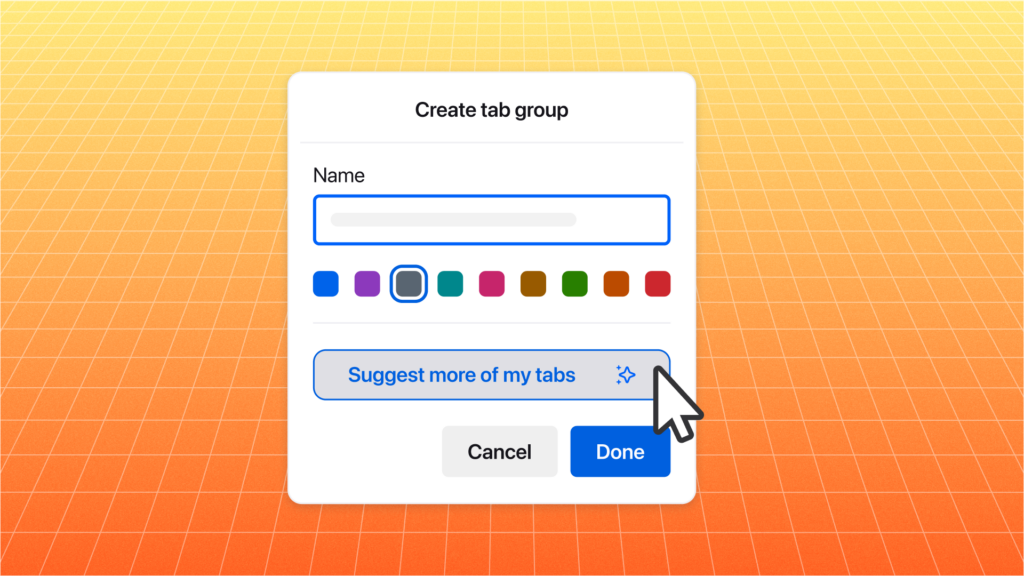

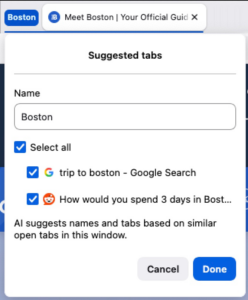





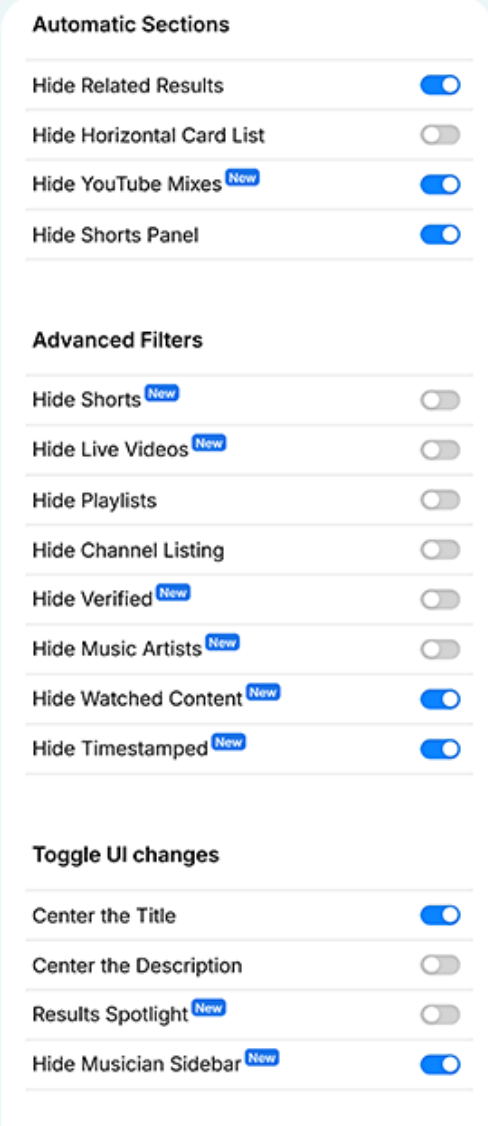



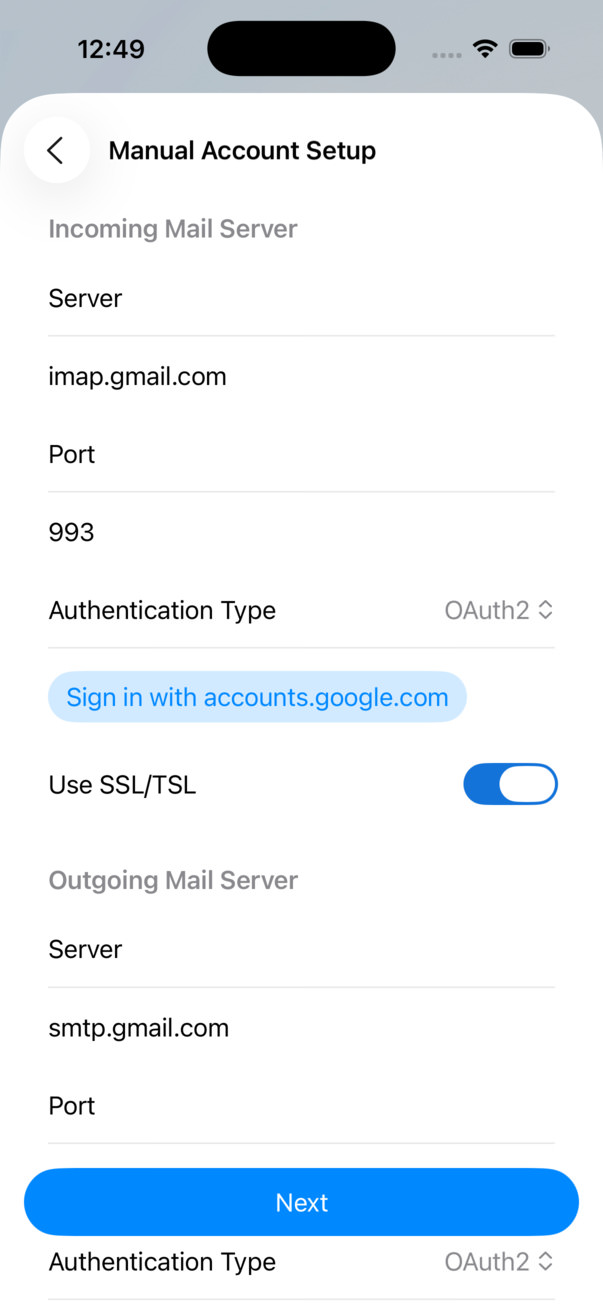





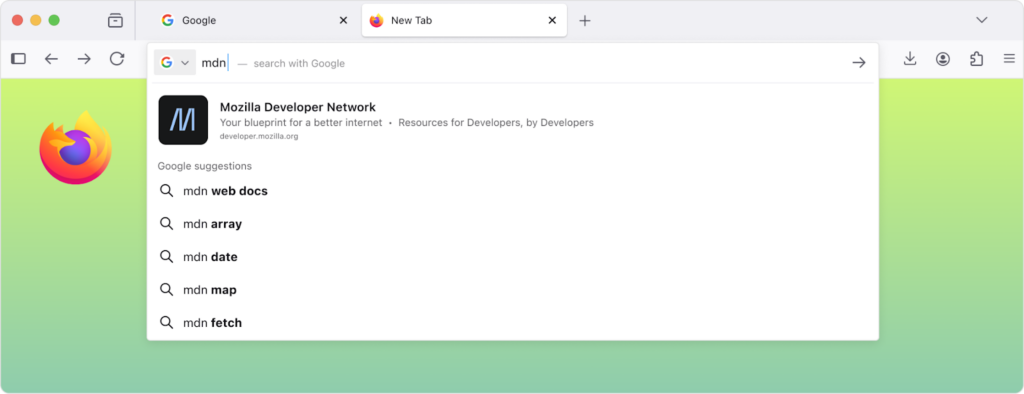


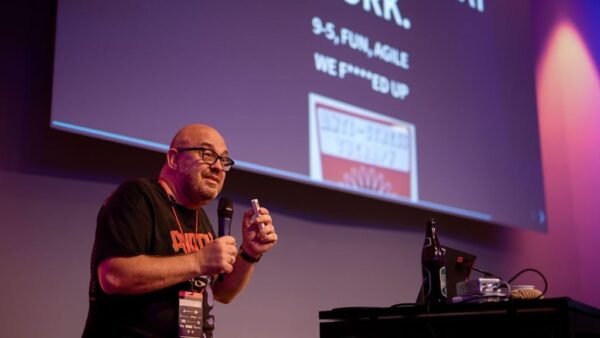



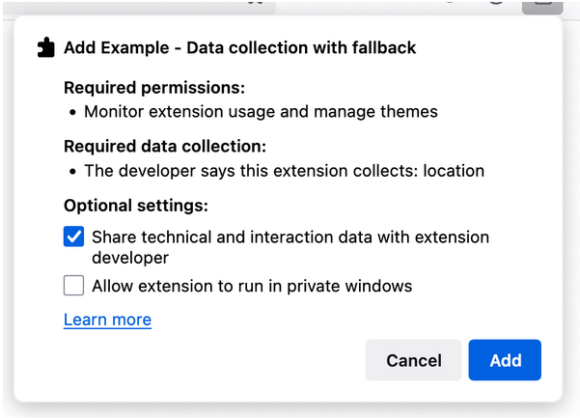
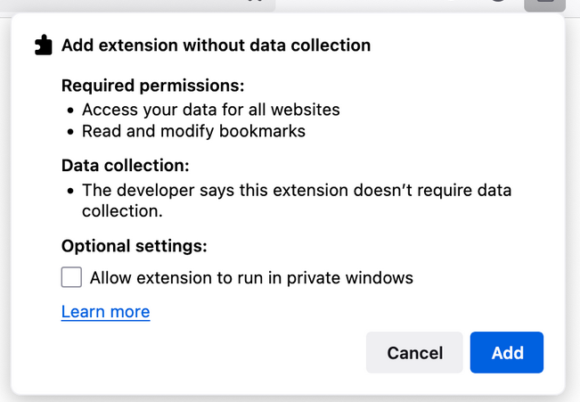

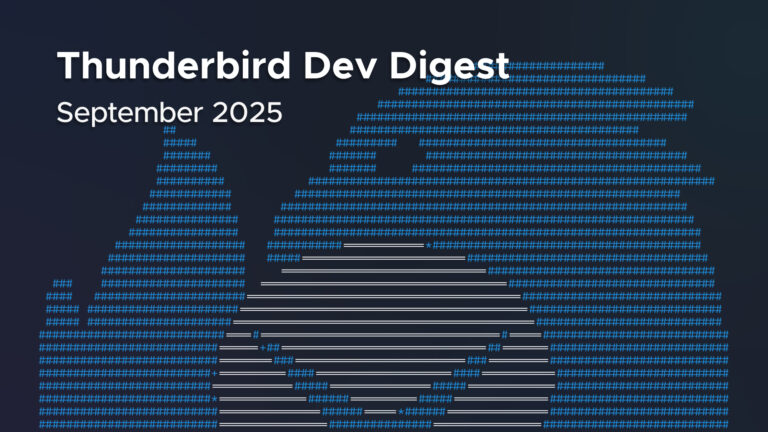
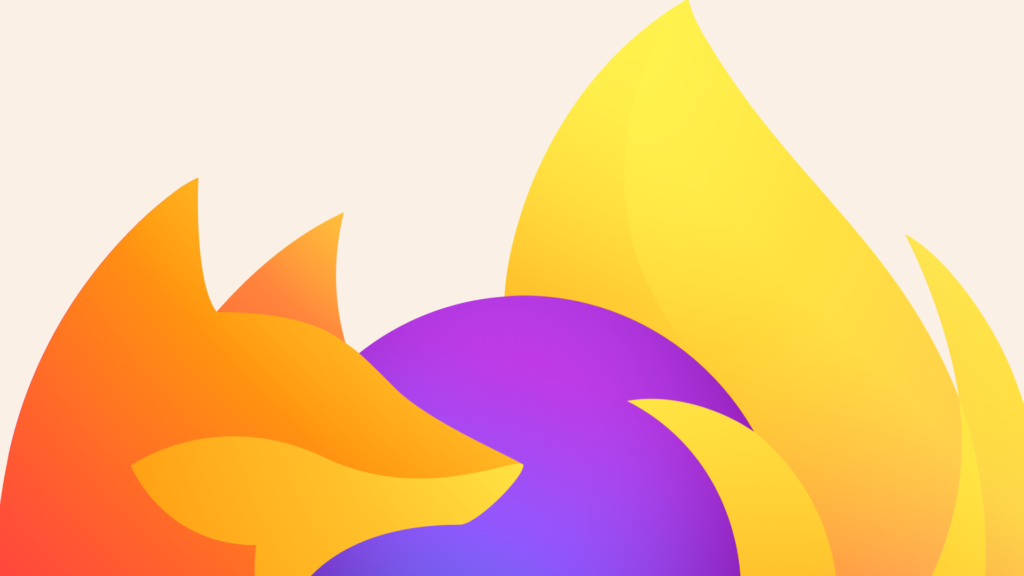
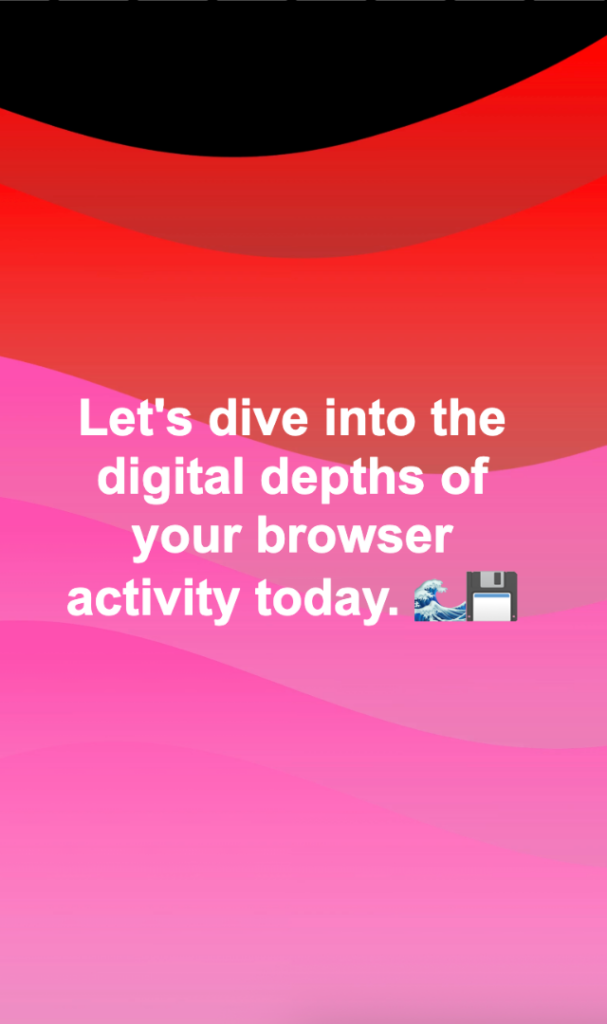

 <figcaption class="wp-element-caption">Members of the Fox Recap team at California State University, Monterey Bay, presenting their capstone project. Pictured (left to right): Taimur Hasan, Mozilla community manager Matt Cool, Kate Sawtell, and Diego Valdez. Not pictured: Peter Mitchell.</figcaption>
<figcaption class="wp-element-caption">Members of the Fox Recap team at California State University, Monterey Bay, presenting their capstone project. Pictured (left to right): Taimur Hasan, Mozilla community manager Matt Cool, Kate Sawtell, and Diego Valdez. Not pictured: Peter Mitchell.</figcaption>







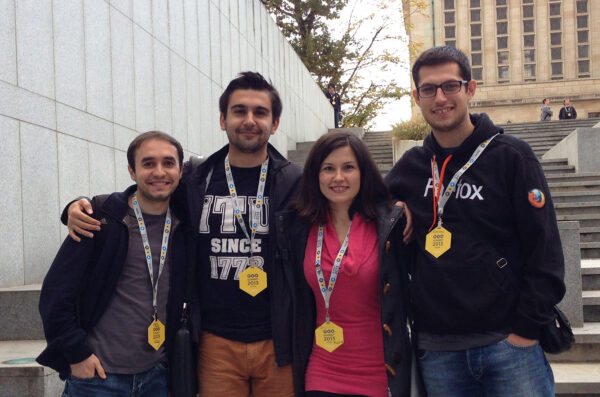










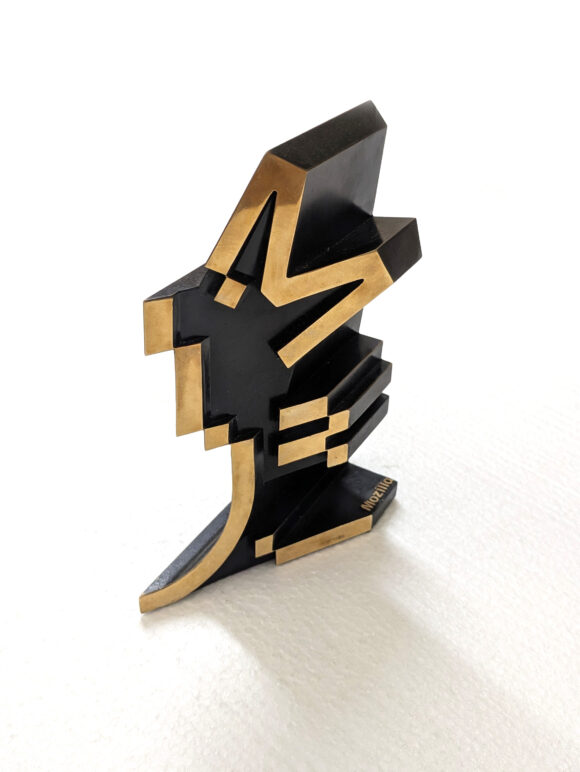







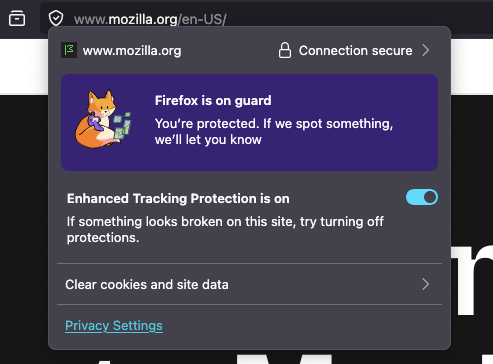






 There has also been a bunch of Java/Kotlin conversion going on, and some refactoring in the local search code. Above mentioned work on the drawer and documentation was also Wolf’s work.
There has also been a bunch of Java/Kotlin conversion going on, and some refactoring in the local search code. Above mentioned work on the drawer and documentation was also Wolf’s work. 
